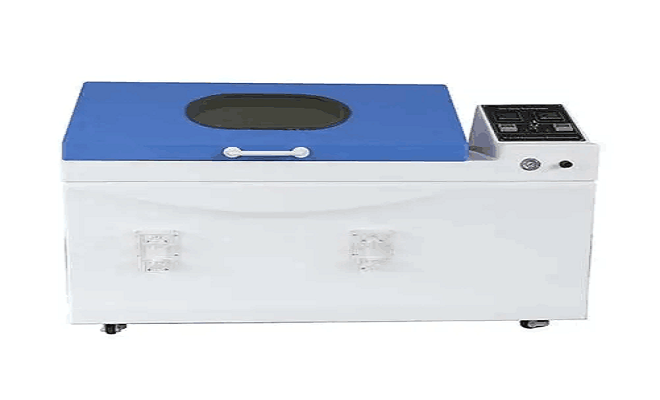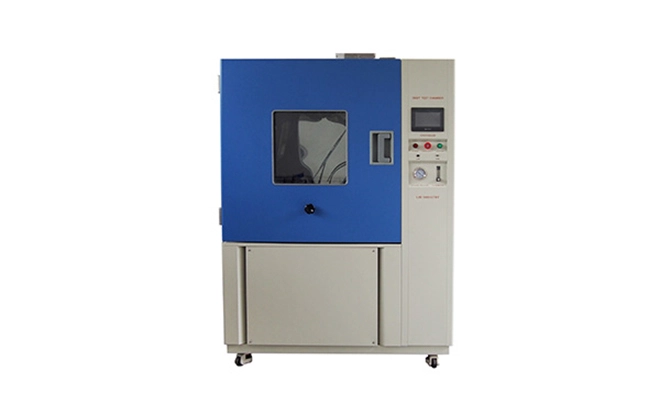

A、Ensure Equipment Condition: Verify that the salt spray test chamber is in normal working condition and has been calibrated and validated.
B、Check for Cleanliness: Inspect the interior of the test chamber to ensure it is clean, as any contaminants can affect the test results.
C、Prepare Test Samples: Prepare the samples to be tested for corrosion, ensuring their surfaces are free from noticeable dirt or oxidation layers.

A、Adjust Parameters: Set the appropriate test parameters according to the material and standard requirements, including salt spray concentration, spray cycle, and test duration.
B、Plan Test Duration: Corrosion testing typically takes a long time, so plan the test duration reasonably based on the specific conditions.

A、Place Samples: Place the samples to be tested inside the test chamber, ensuring there is enough space between each sample to avoid interference.
B、Position Samples Correctly: Pay attention to the orientation and placement of the samples to ensure all surfaces are exposed to the salt spray.
A、Close and Seal the Chamber: Close the test chamber door and ensure a good seal to prevent salt spray leakage.
B、Begin the Test: Start the salt spray test chamber. At this point, a saline solution will create fine particles through the nozzle, forming a salt spray environment.

A、Check Conditions Regularly: Regularly check the salt spray concentration and temperature inside the test chamber to ensure they meet the preset parameters.
B、Inspect Corrosion: Monitor the corrosion status of the sample surfaces. This can be done through visual inspection or with more detailed tools like microscopes.
C、Record Observations: Timely record the corrosion conditions of the samples during the test for subsequent analysis and comparison.

A、Stop the Test: Stop the test and turn off the salt spray test chamber according to the required test time.
B、Clean Samples: Remove the samples and clean them to remove any salt spray and residues from the surface.
C、Evaluate and Analyze: Evaluate and analyze the samples, compare the corrosion conditions between different samples, and take necessary measures as required.

A、Adhere to Standards: Follow relevant standards and specifications to ensure the accuracy and repeatability of the tests.
B、Maintain and Calibrate Regularly: Perform regular maintenance and calibration of the salt spray test chamber to ensure its normal working condition.
C、Avoid Material Interference: When conducting large-scale tests, try to avoid direct contact between different materials to prevent mutual interference that could affect test results.
D、Clean the Chamber Post-Test: Clean and handle the test chamber promptly after the test to prevent salt spray corrosion damage to the equipment.

By correctly using the salt spray test chamber for material corrosion testing, you can accurately evaluate the corrosion resistance of materials, providing a strong basis for material selection and product development. Adhering to the precautions and detailed operation can also ensure the reliability and accuracy of the test results.
 English
English русский
русский français
français العربية
العربية Deutsch
Deutsch Español
Español


